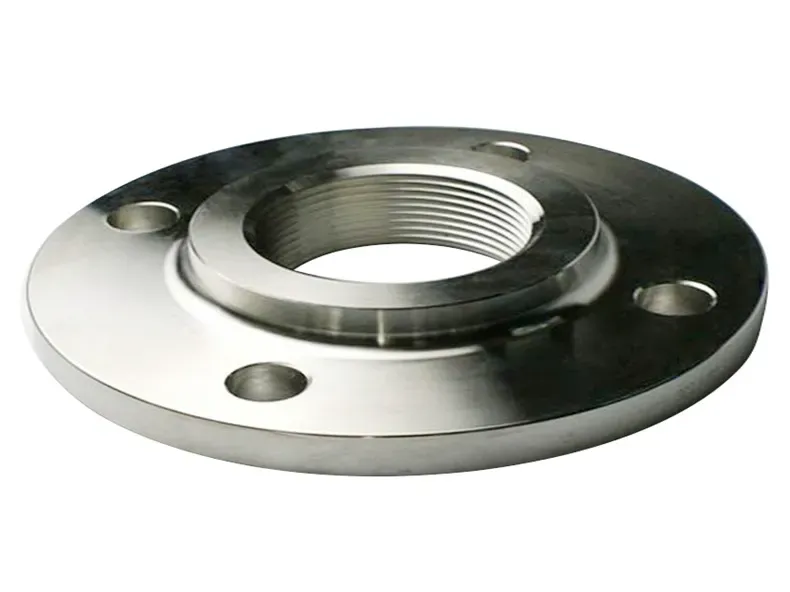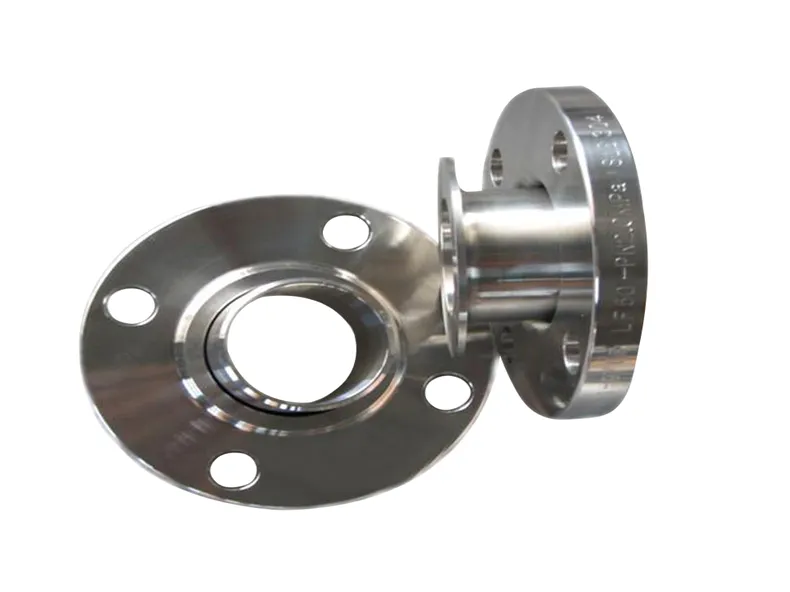How to choose pipe flange materials is crucial for ensuring durability, performance, and safety in various applications. Factors to consider include the operating temperature, pressure, and the nature of the fluid being transported. For instance, carbon steel flanges are ideal for high-pressure systems, while stainless steel flanges resist corrosion in harsh environments. For specialized conditions, materials like alloy steel or nickel alloys may be required. Additionally, compliance with industry standards such as ASME or ASTM is essential to ensure the material’s suitability for specific applications.

Understanding Different Flange Materials
Carbon steel is a widely preferred material for piping flanges due to its strength and cost-effectiveness. When determining how to choose pipe flange materials, carbon steel is often selected for its high tensile strength and durability. However, its susceptibility to corrosion means that additional measures such as coating or galvanization might be necessary for corrosive environments.
Stainless steel is well-known for its outstanding corrosion resistance and high temperatures. When exploring how to choose pipe flange materials, stainless steel grades like 304 and 316 are commonly used. These materials offer a balance of strength, corrosion resistance, and cost, making them suitable for many industrial applications.
Alloy steel flanges are designed to withstand extreme temperatures and pressures. When evaluating how to choose pipe flange materials, alloy steels are chosen for their enhanced mechanical properties and resistance to wear and heat. They are often used in power generation and chemical processing.

Key Factors In How to Choose Pipe Flange Materials
Operating Temperature
Suitable for temperatures up to around 800°F (427°C). In how to choose pipe flange materials, carbon steel is effective for moderate temperature applications but may not be ideal for extreme temperatures without additional treatments or alloying.
Performs well across a broad temperature range. For how to choose pipe flange materials, grades like 304 and 316 can handle temperatures up to 1500°F (815°C) and 1600°F (870°C) respectively, making them suitable for both high and low-temperature applications.
Designed for high-temperature applications. When exploring how to choose pipe flange materials, alloy steels like Chrome-Molybdenum can handle temperatures up to 1200°F (649°C) and are often used in power plants and refineries.
Operating Pressure
Typically rated for high-pressure applications, with pressure ratings ranging from 150 to 2500 psi. When determining how to choose pipe flange materials, carbon steel is robust but may require careful consideration for extreme pressures.
Suitable for high-pressure environments with similar ratings to carbon steel. In how to choose pipe flange materials, stainless steel flanges offer enhanced corrosion resistance, making them suitable for high-pressure systems exposed to corrosive substances.
Preferred for extremely high-pressure applications. When exploring how to choose pipe flange materials, alloy steel flanges can handle pressures exceeding 2500 psi, ideal for high-stress environments like power plants.
Corrosion Resistance
Prone to corrosion, particularly in moist or chemically aggressive environments. When determining how to choose pipe flange materials, additional protective measures such as coatings or corrosion-resistant treatments may be necessary.
Offers superior corrosion resistance. In how to choose pipe flange materials for chemical processing or marine environments, stainless steel, especially grades like 316, is favored for its resistance to rust and corrosion.
Provides better corrosion resistance than carbon steel, particularly with alloying elements like chromium and molybdenum. When exploring how to choose pipe flange materials, alloy steel is suitable for moderately corrosive environments.
Practical Steps In How To Choose Pipe Flange Materials
- Begin by evaluating the operating temperature and pressure of the system. Understanding these conditions will help narrow down material options based on their thermal and pressure tolerances;
- Identify whether the flange will be exposed to corrosive substances. This evaluation will guide you in choosing materials with appropriate corrosion resistance;
- Determine the mechanical stresses the flange will encounter. Choosing materials with the necessary tensile strength and hardness is crucial for high-stress applications;
- Balance the performance requirements with the budget constraints. While high-performance materials may be more expensive, their long-term benefits should be considered;
- Ensure the selected material meets relevant industry standards and codes. Compliance with standards ensures safety and performance;
- When in doubt, seek advice from industry experts or material specialists. They can provide valuable insights into how to choose pipe flange materials based on specific application needs.

In summary, how to choose pipe flange materials involves a thorough assessment of multiple factors, including temperature, pressure, corrosion resistance, mechanical properties, cost, and industry standards. By understanding these considerations, you can make informed decisions about how to choose pipe flange materials that best suit your specific application. Whether selecting carbon steel, stainless steel, alloy steel, or specialized alloys, it’s essential to evaluate each material’s properties and performance to ensure the optimal choice for your piping system.
GET IN TOUCH
Company:
Elite Piping Manufacture Co., Ltd.
Factory Address:
Office # 805, Building No. 6 Poly Metropolitan, Yongshum Town, Tongzhou District, Beijing, China.
Contact Person:
Michael
Contact Numbers:
+86 186 1829 1381
Email:
elite@elitepiping.com

